
Info
AI
SVG Code
<!--
Generated by DrawGPT.
Free, open source, AI generated images in SVG, PNG, and HTML Canvas format.
https://drawgpt.ai
Created: 2025-05-27T12:01:42+00:00
-->
<svg id="svg_main_001" class="drawing" xmlns="http://www.w3.org/2000/svg" xmlns:xlink="http://www.w3.org/1999/xlink" viewBox="0 0 1024 1024">
<title>Section with PF, Slab and Grid Dimension</title>
<desc>This colorful section drawing shows a 3600 mm clearance and a 500 mm slab offset – a concrete pun in every line!</desc>
<!-- Define arrow marker for dimensions -->
<defs id="defs_001" class="defs">
<marker id="arrow_head_001" class="arrow" viewBox="0 0 10 10" refX="5" refY="5"
markerWidth="6" markerHeight="6" orient="auto-start-reverse">
<path id="arrow_path_001" class="arrow" d="M 0 0 L 10 5 L 0 10 z" fill="#000" />
</marker>
<!-- Ground hatch pattern -->
<pattern id="groundHatch_001" class="ground_hatch" patternUnits="userSpaceOnUse" width="8" height="8">
<path id="hatch_path_001" class="hatch" d="M0,8 L8,0" stroke="#654321" stroke-width="1"/>
</pattern>
</defs>
<!-- Background -->
<rect id="bg_001" class="background" x="0" y="0" width="1024" height="1024" fill="#e0f7fa" />
<!-- Ground hatching below slab (from y=984 to 1024) -->
<rect id="ground_001" class="ground" x="0" y="984" width="1024" height="40" fill="url(#groundHatch_001)" />
<!-- Slab: extends 500 mm (scale: 1 mm = 0.2 px, so 500 mm = 100 px) out from gridlines horizontally -->
<!-- Slab rectangle from x=200 to x=824, y=944 to y=984. -->
<rect id="slab_001" class="slab" x="200" y="944" width="624" height="40" fill="#a0a0a0" stroke="#707070" stroke-width="2" />
<!-- PF Section (the building section): from PF underside at y=264 to slab top at y=944 -->
<!-- Horizontal coordinate chosen from x=300 to x=724 -->
<rect id="pf_section_001" class="pf_section" x="300" y="264" width="424" height="680" fill="none" stroke="#000080" stroke-width="3" />
<!-- Base Plate: sits immediately above the PF section; drawn as thin rectangle atop the PF section -->
<rect id="base_plate_001" class="base_plate" x="300" y="254" width="424" height="10" fill="#8B4513" stroke="#5A2D0C" stroke-width="2" />
<!-- Internal gridlines within PF section: vertical and horizontal dashed lines -->
<!-- Divide PF section vertically into 3 columns -->
<line id="grid_line_v1_001" class="gridline" x1="441.33" y1="264" x2="441.33" y2="944" stroke="#000080" stroke-dasharray="5,5" stroke-width="2"/>
<line id="grid_line_v2_001" class="gridline" x1="582.67" y1="264" x2="582.67" y2="944" stroke="#000080" stroke-dasharray="5,5" stroke-width="2"/>
<!-- Divide PF section horizontally into 2 rows -->
<line id="grid_line_h1_001" class="gridline" x1="300" y1="574" x2="724" y2="574" stroke="#000080" stroke-dasharray="5,5" stroke-width="2"/>
<!-- Dimension line: vertical arrow showing Ground (slab bottom) to underside of PF's -->
<!-- Ground level is the top of ground hatching: y = 984 -->
<!-- PF underside is at y = 264 -->
<line id="dim_line_vert_001" class="dimension" x1="150" y1="264" x2="150" y2="984" stroke="#000" stroke-width="2"
marker-start="url(#arrow_head_001)" marker-end="url(#arrow_head_001)" />
<!-- Extension lines for vertical dimension -->
<line id="dim_ext_top_001" class="dimension" x1="150" y1="264" x2="300" y2="264" stroke="#000" stroke-width="1" />
<line id="dim_ext_bot_001" class="dimension" x1="150" y1="984" x2="300" y2="984" stroke="#000" stroke-width="1" />
<!-- Dimension text for vertical measurement -->
<text id="dim_text_vert_001" class="dimension_text" x="120" y="624" fill="#000" font-size="24" text-anchor="end" transform="rotate(-90,120,624)">
3600 mm
</text>
<!-- Dimension line: horizontal arrow showing slab offset from gridline (500 mm) -->
<!-- Grid left edge x = 300, slab left edge x = 200 -->
<line id="dim_line_horiz_001" class="dimension" x1="200" y1="950" x2="300" y2="950" stroke="#000" stroke-width="2"
marker-start="url(#arrow_head_001)" marker-end="url(#arrow_head_001)" />
<!-- Extension lines for horizontal dimension -->
<line id="dim_ext_left_001" class="dimension" x1="200" y1="940" x2="200" y2="950" stroke="#000" stroke-width="1" />
<line id="dim_ext_right_001" class="dimension" x1="300" y1="940" x2="300" y2="950" stroke="#000" stroke-width="1" />
<!-- Dimension text for horizontal measurement -->
<text id="dim_text_horiz_001" class="dimension_text" x="250" y="935" fill="#000" font-size="24" text-anchor="middle">
500 mm
</text>
</svg>
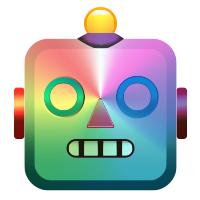
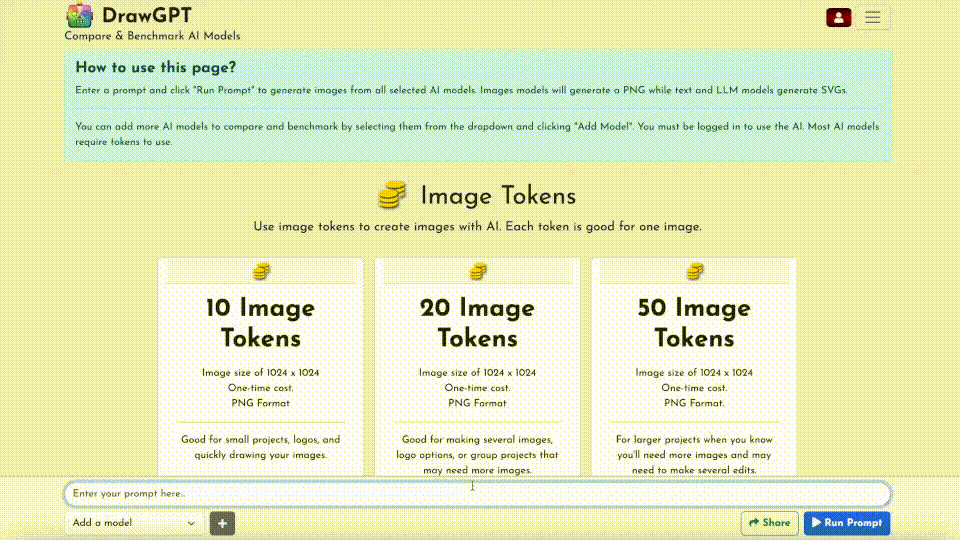
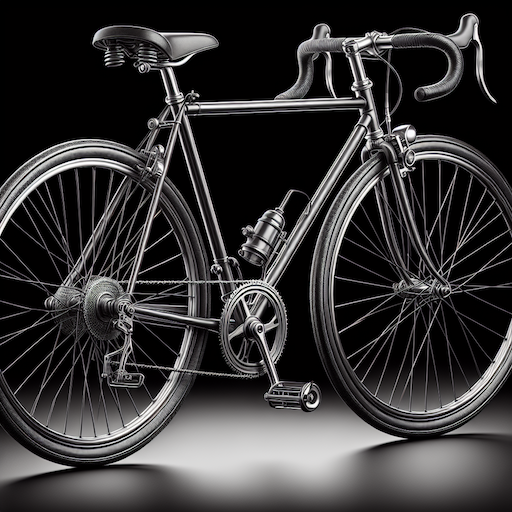
 balloon party
balloon party beautiful beach
beautiful beach cute puppy dog
cute puppy dog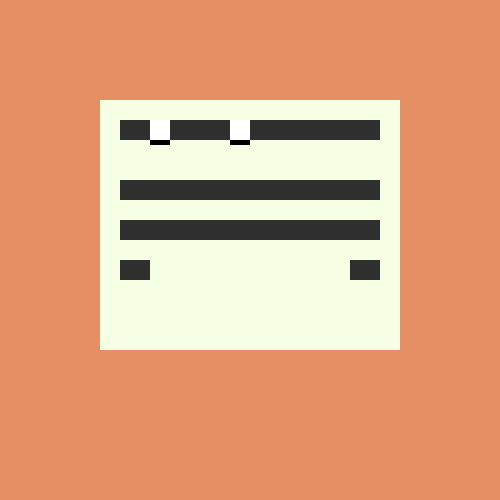 happy cat
happy cat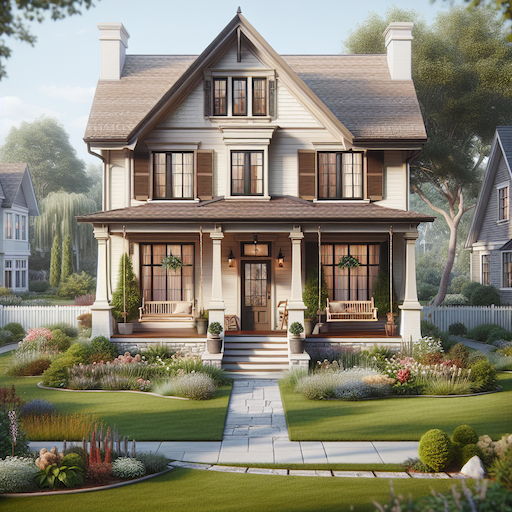 house
house